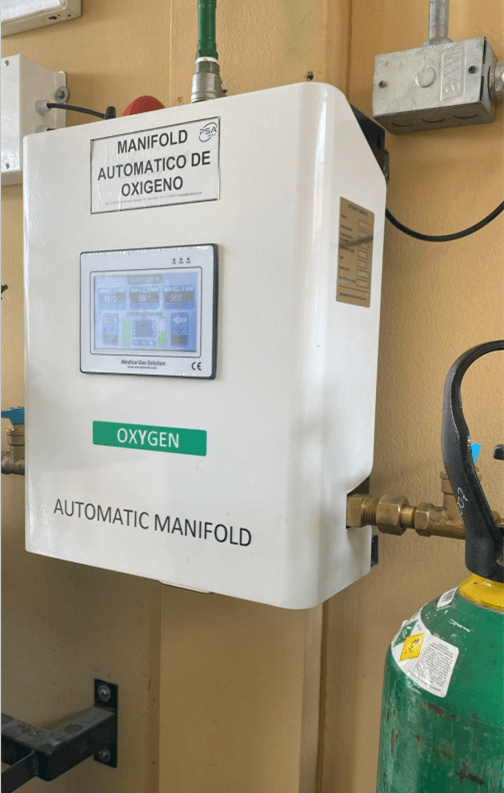In healthcare facilities, industrial settings, and even at home, the reliable supply of oxygen is essential for various applications. Oxygen manifolds serve as critical components in ensuring a consistent and efficient distribution of oxygen from a central source to multiple points of use. In this article, we delve into the concept of oxygen manifolds, their functions, and their significance in various industries.
1. What is an Oxygen Manifold?
An oxygen manifold is a system designed to regulate and distribute oxygen from a central supply source, such as a liquid oxygen tank or a compressed gas cylinder, to multiple outlets or points of use. It consists of a network of pipes, valves, regulators, and gauges that work together to control the flow of oxygen to different locations within a facility or system.

2. Functions of Oxygen Manifolds
- Distribution: The primary function of an oxygen manifold is to distribute oxygen from a centralized source to various points of use, such as patient rooms in hospitals, laboratory equipment, or industrial processes.
- Regulation: Oxygen manifolds incorporate pressure regulators to maintain a constant and safe pressure level throughout the distribution system. These regulators ensure that the flow of oxygen is controlled and consistent, preventing fluctuations that could impact the performance of connected equipment or endanger users.
- Monitoring: Oxygen manifolds are equipped with pressure gauges and other monitoring devices to allow operators to oversee the pressure levels and flow rates of oxygen within the distribution system. This monitoring ensures that any abnormalities or deviations from the desired parameters can be promptly identified and addressed.
- Safety: Safety features are integral to oxygen manifolds to prevent potential hazards associated with oxygen use, such as fire or over-pressurization. These features may include check valves, pressure relief valves, and flame arrestors to mitigate risks and ensure the safe operation of the system.
3. Applications of Oxygen Manifolds
- Healthcare Facilities: Oxygen manifolds are extensively used in hospitals, clinics, and other healthcare settings to supply oxygen to patients in need of respiratory support. They are vital for delivering oxygen to individual patient rooms, operating theaters, and intensive care units.
- Laboratory and Research Facilities: In laboratories and research facilities, oxygen manifolds provide a reliable source of oxygen for various applications, including analytical instruments, environmental chambers, and tissue culture incubators.
- Industrial Processes: Industries such as metallurgy, chemical manufacturing, and wastewater treatment rely on oxygen manifolds to deliver oxygen for oxidation processes, combustion, and wastewater treatment applications.
- Aquaculture: Oxygen manifolds are also employed in aquaculture systems to oxygenate water in fish tanks or ponds, ensuring optimal conditions for aquatic life.
4. Conclusion
Oxygen manifolds play a crucial role in ensuring the safe and efficient distribution of oxygen in diverse settings, ranging from healthcare facilities to industrial processes. By regulating pressure, monitoring flow rates, and incorporating safety features, these systems enable the reliable delivery of oxygen to multiple points of use, supporting critical operations and enhancing safety. As technology advances, the design and functionality of oxygen manifolds continue to evolve, further improving their performance and reliability in various applications.
